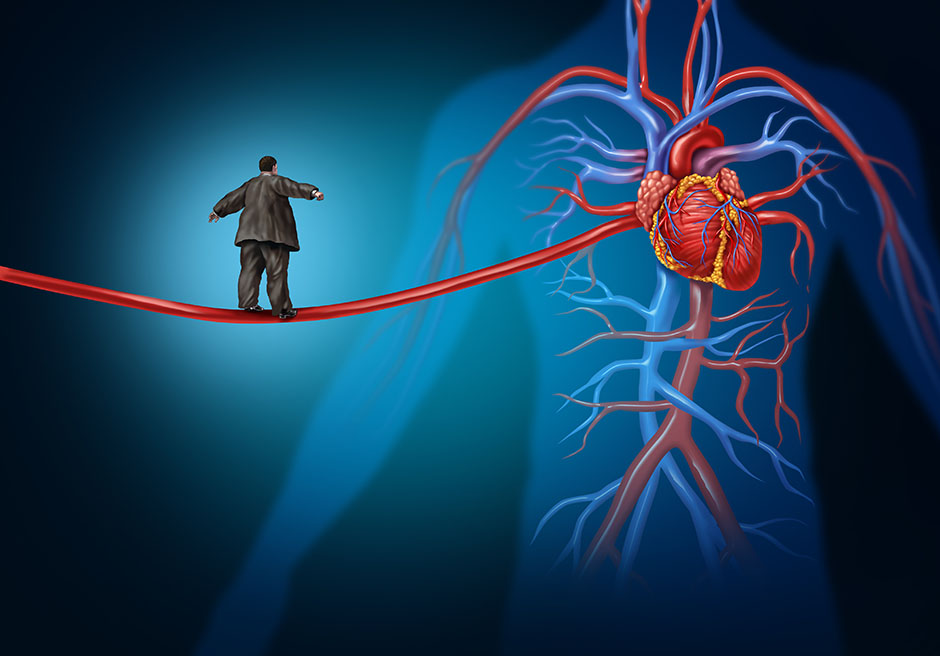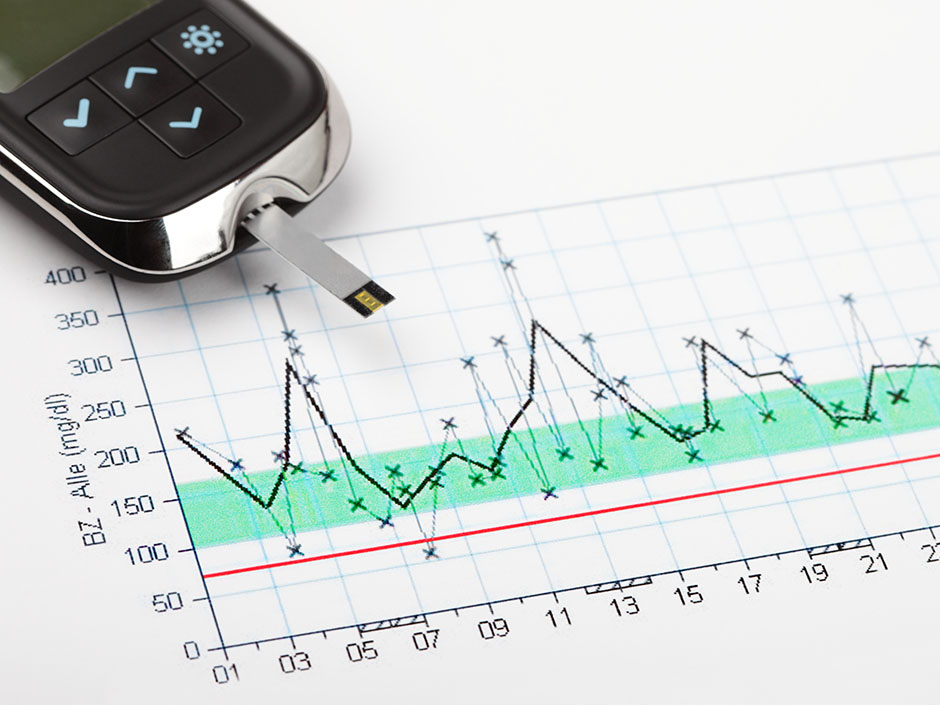Benefits Corner
Our Benefits Corner this month covers the HIPPA Privacy Notice and Saia’s coverage of women's health. There are also articles on preventing heart disease and stroke, as well as, how to manage diabetes.
HIPPA Privacy Notice
Saia is required to provide our employees with regular Health Insurance Portability and Accountability Act (HIPPA) privacy notices. Current regulations set forth an annual requirement to inform employees as to where they can obtain a copy of the HIPPA notice. In fulfillment of this obligation, any employee who wishes to obtain a copy of the initial or follow -up HIPPA notice may request one from the Saia Benefits Department at 1-985-868-1030, extension 2121 or 2124.
Women's Health Notice

Under Saia’s health plan, coverage will be provided to a person who is receiving benefits for a medically necessary mastectomy and who elects breast reconstruction after the mastectomy, for:
- Reconstruction of the breast on which the mastectomy has been performed,
- Surgery and reconstruction of the other breast to produce a symmetrical appearance,
- Prostheses, and,
- Treatment of physical complication of all stages of mastectomy, including lymph edemas.
This coverage is provided in consultation with the attending physician and the patient, and will be subject to the same annual deductibles and coinsurance that apply for a mastectomy. Employees with questions about this coverage should contact the member service number on the UHC health plan identification card.
Heart Disease and Stroke

According to the Office of Disease Prevention and Health Promotion, heart disease is the leading cause of death in the United States. Stroke is the fifth leading cause of death in the nation. Together, heart disease and stroke, along with other cardiovascular disease, are among the most widespread and costly health problems facing the country today, accounting for approximately $320 billion in health care expenditures and related expenses annually. Fortunately, both are also among the most preventable diseases.
Here is a plan for their prevention:
Eat a healthy diet – Choose healthful meal and snack options
Maintain a healthy weight – Review your current body mass index
Exercise regularly – Physical activity will help you maintain a healthy weight
Monitor your blood pressure – High blood pressure has no symptoms so have it checked on a regular basis
Don’t smoke – Cigarette smoking greatly increases your risk for heart disease
Limit alcohol use – Avoid drinking too much alcohol
Have your cholesterol checked – Your health care provider can test your cholesterol levels
Manage your diabetes – Monitor your blood sugar levels closely
Take your medicine – Always follow your doctor’s instructions carefully when taking any prescribed medicines
Managing Your Diabetes

If you have diabetes, you know you need to take good care of your health. It’s important to work closely with your doctor to develop a treatment plan. This is especially important if you are being managed with medications as well as lifestyle changes. Some additional tips you can follow to help control your diabetes include:
Know your blood glucose and hemoglobin A1C level
Monitor your blood glucose as often as your doctor suggests. Resist the temptation to skip any readings. Your doctor can tell you how often and at what time of day to check your levels.
For long-term blood sugar control, the American Diabetes Association (ADA) recommends the hemoglobin A1C test, a test your doctor will perform. Ask how often you should have this done.
Eat right
Work with your doctor or a nutritionist to develop a meal plan that’s right for you. Learn how much, when and what you should eat to keep your blood glucose levels stable. Starting to feel like you’re in a rut with your food choices? Explore new cookbooks for diabetic diets at the public library, at your local bookstore or online.
Get moving
Exercise not only helps you manage your diabetes, it can give you more energy and lift your spirits. It can help control weight, make insulin work better, and prevent heart attacks and strokes. Before you begin, be sure your doctor approves any exercise plan or increase in activity. Make sure you understand any other actions you may need to take. If you take insulin, talk with your doctor about adjusting your dose according to the amount of exercise you get.
Stay alert
Diabetes can put you at risk for other health problems. Keep a record of all tests and exams that are advised for people with diabetes. Take action to prevent complications, including:
- Keep your blood sugar under control, and your blood pressure and cholesterol within recommended ranges.
- Avoid smoking to prevent kidney, heart and eye problems. Talk with your doctor about screenings to detect any problems with your kidneys, heart or nervous system.
- See an eye care professional on a regular basis. Don’t compromise your vision by putting it off.
- Take great care of your feet and legs. Be careful when cutting your toenails and check your feet daily for cuts, blisters or bruises. Don’t walk barefoot. Report changes to your doctor right away.
- See your dentist regularly. Floss and brush at least twice daily to help prevent gum disease.
- Don’t forget about immunizations, and ask about an annual flu shot vaccine. Also, check with your doctor about whether you need a hepatitis B immunization and the pneumonia shot.
Signs and symptoms
Not sure if you or someone you love has diabetes? Most often, people with type 2 diabetes have no warning signs. Ask your doctor if you need to be screened. Although the following is not a complete list, the ADA advises that you have a higher risk for type 2 if you:
- Are overweight
- Are physically inactive
- Have high blood pressure, high cholesterol or a history of cardiovascular disease
- Are age 45 or older
- Have a family history of this condition
- Have a family background that is African American, Alaska Native, American Indian, Asian American, Hispanic/Latino or Pacific Islander American
- Had diabetes in pregnancy or gave birth to a child larger than nine pounds
- Have medical conditions that involve insulin resistance
If your blood sugar is high, you may have symptoms such as frequent urination, increased thirst, increased hunger, unexplained weight loss and extreme fatigue. If you experience these signs, make an appointment to visit your doctor right away.





